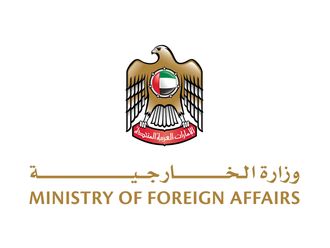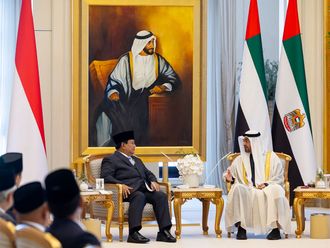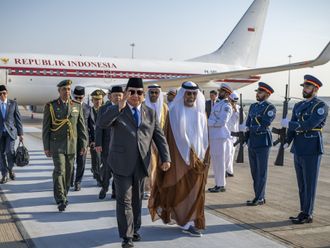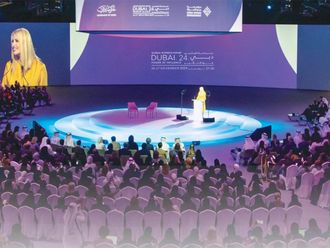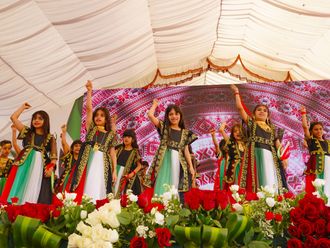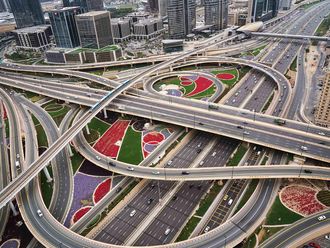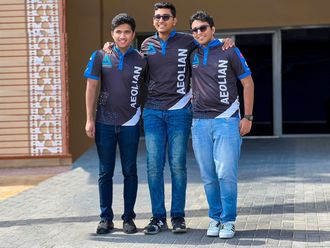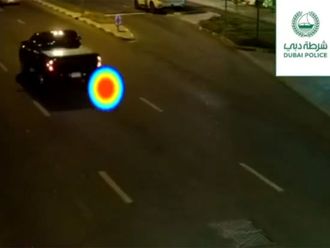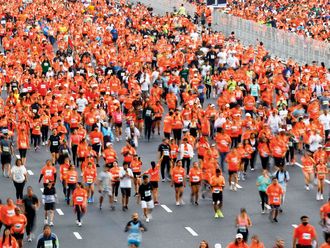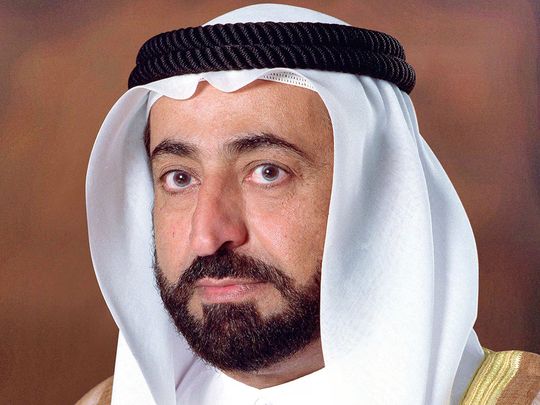
Sharjah: His Highness Sheikh Dr. Sultan bin Mohammed Al Qasimi, Supreme Council Member and Ruler of Sharjah, has unveiled a series of new projects in Kalba.
These include the “Kalba Gate” project, a walkway connecting the hanging gardens to Al Hefaiyah Lake, a new museum showcasing all aspects of heritage, including customs, traditions and folk songs, and a park surrounding the flood-devastated Khor Kalba Fort.
The Sharjah Ruler said he has set up an environmental, archaeological and heritage tourism programme for Kalba that draws on the city’s existing qualities.
He narrated the story of the Khor Kalba Fort and the nearby empty land during a phone talk with Mohammed Hassan Khalaf, Director General of the Sharjah Broadcasting Authority, on Sharjah Broadcasting Authority’s “Direct Line” programme.
He stated, “Looking north from the mosque in the Khor Kalba neighbourhood near the fishermen’s dock, we see an empty lot, and beyond that stands the Khor Kalba Fort. What’s the story behind this land and fort? If we continue north from the mosque, we will discover the creek’s inlet around 250 metres away.

“A torrent entered from the creek, headed towards the old fort, and destroyed it, leaving only its foundations. The Sharjah Archaeology Authority and the Sharjah Institute for Heritage disagreed over who owned the fort. I personally followed up on the complaint, and we hired professionals from Portugal who specialise in this area.
“They narrated the story I just told you, explaining how the river damaged the fort and how they moved the stones to build the new fort. We will now establish a park at this location, with the remains of the old fort visible within.”
Sheikh Dr Sultan stated, “We will adorn the city of Kalba, God willing. It now attracts tourists from both the UAE and overseas. I created an environmental, archaeological and heritage tourism programme based on the city’s features. For example, near the actual fort, there is a unique museum with a colossal Baghlah (dhow) whose sails constitute the interior hall. Inside, there is the ‘Al Yazara,’ an old tool for extracting water from shallow wells.
“This structure, made of palm tree trunks, stands on four foundations above the well, with massive pulleys and a rope connected to a large leather bucket. The museum also has tools for farming soil, allowing visitors to walk through this heritage environment, which includes palm fronds and wool. The facility is air-conditioned and has all forms of legacy that we aim to preserve, such as customs, traditions, and folk songs. Furthermore, the museum includes guest restaurants, which, God willing, will add to Kalba’s attractions.”
His Highness completed his intervention by announcing the “Kalba Gate” project, adding, “We are now working to complete the ‘Kalba Gate’ project, which is very vital. It is a pathway that connects the hanging gardens with Al Hefaiyah Lake. A railing surrounds the walkway to prevent guests from falling, allowing them to view the hanging gardens, the lake, and the entire city of Kalba from below. There are other locations to take photographs.”


